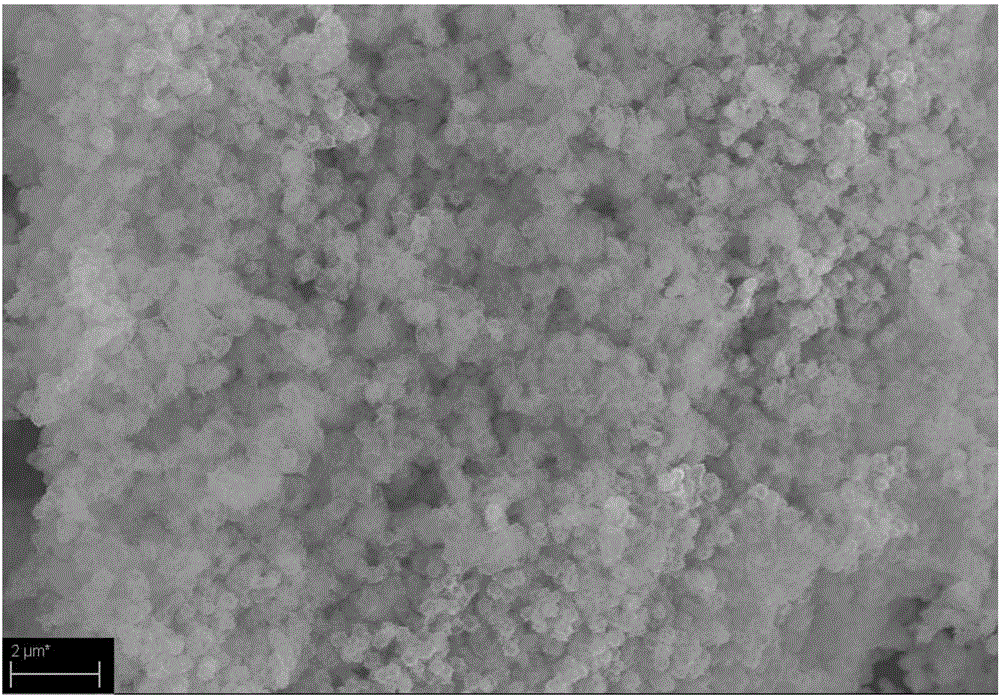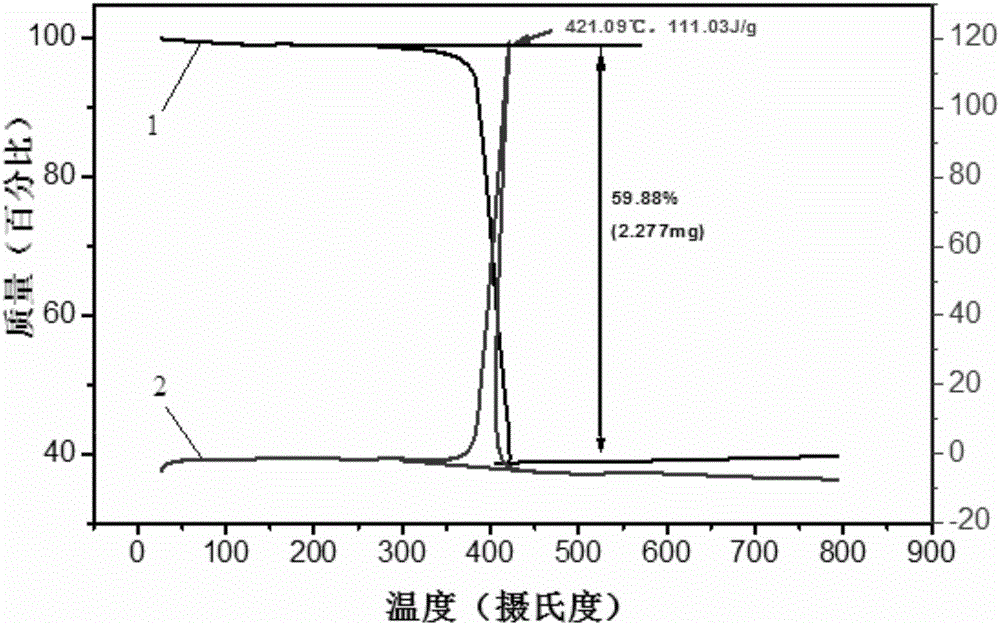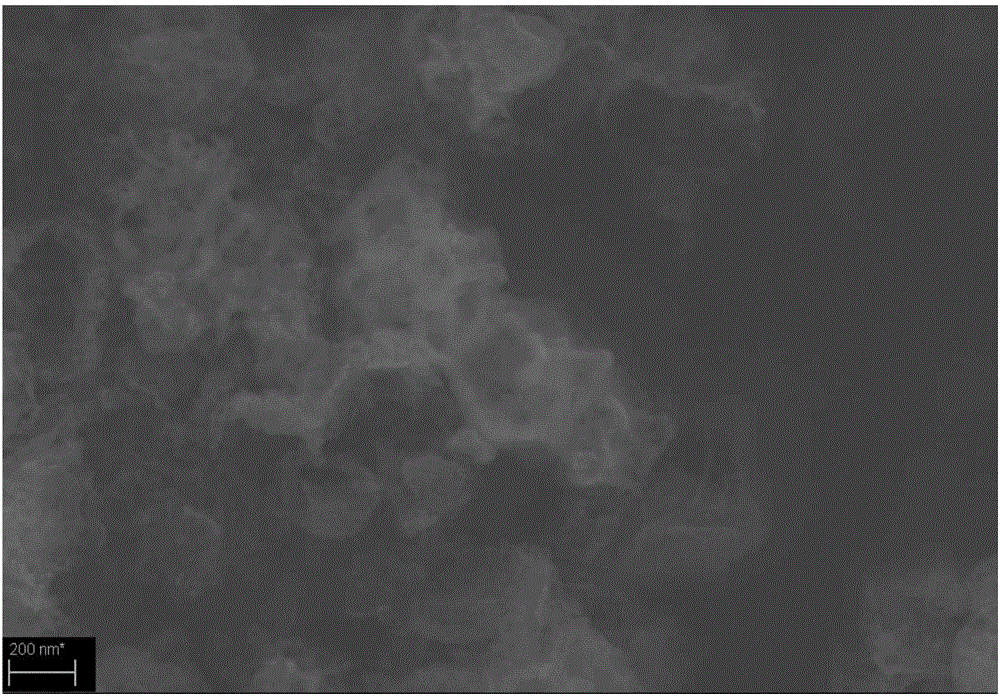Preparation method of non-enzyme electrochemical glucose sensor
A glucose and electrochemical technology, applied in the direction of electrochemical variables of materials, scientific instruments, instruments, etc., can solve the problem of glucose sensor not being able to detect glucose, and achieve the effects of reducing impact, large application range, and simple and effective synthesis process.
- Summary
- Abstract
- Description
- Claims
- Application Information
AI Technical Summary
Problems solved by technology
Method used
Image
Examples
specific Embodiment approach 1
[0030] Specific embodiment one: the preparation method of the enzyme-free glucose electrochemical sensor of this embodiment is carried out according to the following steps:
[0031] 1. Grinding and cleaning the electrode: put the polishing powder and deionized water on the grinding disc and mix thoroughly to obtain a polishing solution, then polish the glassy carbon electrode in the polishing solution, and then use acetone, absolute ethanol and deionized water to clean the glassy carbon The electrode is ultrasonically cleaned to remove surface oil and impurities to obtain a cleaned glassy carbon electrode;
[0032] 2. Detection of electrode performance: After cleaning, the glassy carbon electrode should record 0.5-3mM K in 0.1-2mol / L KCl 3 [Fe(CN) 6 ]+0.5~3mM K 4 [Fe(CN) 6 ] The cyclic voltammetry curve of the solution, observe and calculate the peak potential difference in the cyclic voltammogram, if the peak potential difference is 64-80mV, proceed to the next step; The ...
specific Embodiment approach 2
[0039] Embodiment 2: This embodiment is different from Embodiment 1 in that: the particle size of the polishing powder in step 1 is 0.3 microns. Others are the same as in the first embodiment.
specific Embodiment approach 3
[0040]Embodiment 3: This embodiment differs from Embodiment 1 or Embodiment 2 in that: the grinding disc in step 1 is made of suede. Others are the same as in the first or second embodiment.
PUM
| Property | Measurement | Unit |
|---|---|---|
| Particle size | aaaaa | aaaaa |
| Diameter | aaaaa | aaaaa |
| Diameter | aaaaa | aaaaa |
Abstract
Description
Claims
Application Information
 Login to View More
Login to View More - R&D
- Intellectual Property
- Life Sciences
- Materials
- Tech Scout
- Unparalleled Data Quality
- Higher Quality Content
- 60% Fewer Hallucinations
Browse by: Latest US Patents, China's latest patents, Technical Efficacy Thesaurus, Application Domain, Technology Topic, Popular Technical Reports.
© 2025 PatSnap. All rights reserved.Legal|Privacy policy|Modern Slavery Act Transparency Statement|Sitemap|About US| Contact US: help@patsnap.com



